.
livello elementare.
ARGOMENTO: EMERGENZE AMBIENTALI
PERIODO: XXI SECOLO
AREA: PLASTICA
parole chiave: Inquinamento, ineducazione, plastiche, pollution
“Paper or plastic?” was once the inquiry of bag-boys in supermarkets around the country. But a growing conscience concerning the frivolous abuse of single-use plastic grocery bags has finally taken hold in the U.S. Around the world, from Australia to Ireland, communities have been enacting bag bans for almost a decade. The first plastic sandwich bags were introduced in 1957. Department stores and supermarket chains started using plastic shopping bags in the late 1970s.

@ NTB scanpix da
www.ndla.no
The recycling of plastic bags began in 1990, but by 1996 four out of five grocery bags in the U.S. were thin, single-use, polyethylene bags. More than 1 billion single-use plastic bags are given out free of charge everyday. In 2009 the U.S. International Trade Commission reported that 102 billion plastic bags were used in the U.S. Plastic bags never biodegrade, but they do breakdown. As they do so, any toxic additives they contain—including flame retardants, antimicrobials and plasticizers—will be released into the environment. Many of these chemicals may disrupt the endocrine system—the delicately balanced set of hormones and glands that affect virtually every organ and cell in the bodies of humans and animals. Plastic bags are especially harmful to marine animals, and are one of the most common garbage items on California’s beaches according to the Los Angeles Times. Most starts out as litter on beaches, streets and sidewalks. Stormwater runoff and overwatering flushes them through storm drains or directly to creeks, streams and rivers that lead to the ocean.

@ NTB scanpix da www.ndla.no
In marine environments, many animals confuse the plastic littering the oceans for food, including sea turtles. One in three leatherback sea turtles have plastic in their stomach, most often a plastic bag, based on a study of over 370 autopsies. Once in these animals bodies the plastic bioaccumulates, and the chemicals can cause excess estrogen to be produced, which has led to discoveries of male fish with female sex organs. For sea turtles, the plastic blocks their digestive tract and the food that is trapped releases gases that render them buoyant, and unable to dive for food. A group based in Mexico, Global Ban Now, is raising public awareness of the issue with the release of their short video, Silent Killers. The video was created after a member discovered a sea turtle close to death off the coast of La Paz, Mexico. The sick turtle was brought to a facility in La Paz, where it was discovered that she was slowly starving because a single-use plastic bag, which she had eaten, was blocking her digestive tract. The turtle was kept for a couple of weeks, the plastic was removed and she was released back to the sea.
article | August 6, 2013 10:41 am by Laura Beans
Visit http://ecowatch.com/ for more …
Together we can save the ocean
foto in anteprima photo credit Science Photo Library, NTB
Una sorpresa per te su Amazon Music unlimited Scopri i vantaggi di Amazon Prime
Alcune delle foto presenti in questo blog possono essere state prese dal web, citandone ove possibile gli autori e/o le fonti. Se qualcuno desiderasse specificarne l’autore o rimuoverle, può scrivere a infoocean4future@gmail.com e provvederemo immediatamente alla correzione dell’articolo
PAGINA PRINCIPALE
![]()
- autore
- ultimi articoli
è composta da oltre 60 collaboratori che lavorano in smart working, selezionati tra esperti di settore di diverse discipline. Hanno il compito di selezionare argomenti di particolare interesse, redigendo articoli basati su studi recenti. I contenuti degli stessi restano di responsabilità degli autori che sono ovviamente sempre citati. Eventuali quesiti possono essere inviati alla Redazione (infoocean4future@gmail.com) che, quando possibile, provvederà ad inoltrarli agli Autori.
















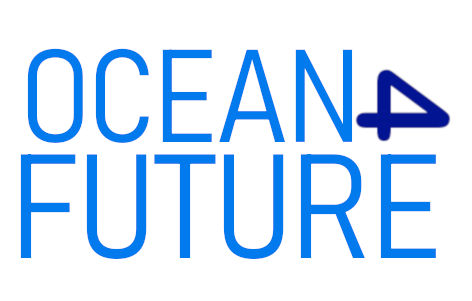


















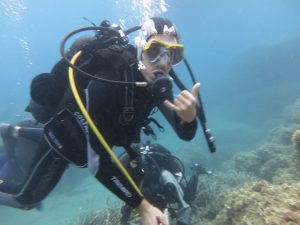




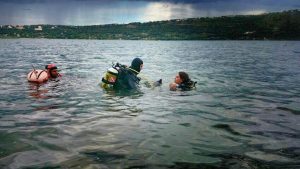









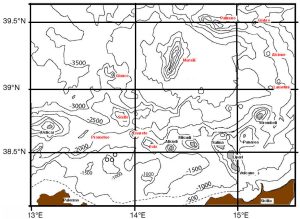

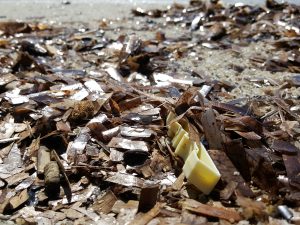
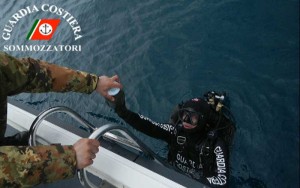


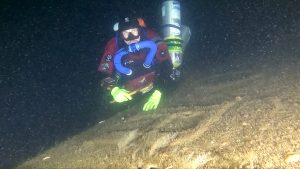
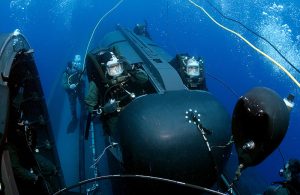



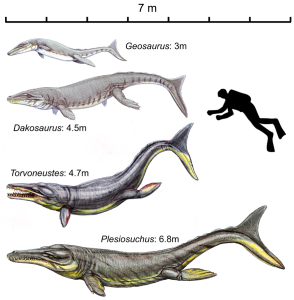





Plastic pollution is killing Oceans. Huge Vortexes are collecting tons and tons of plastic debris that eventually are swallowed by fish and come in our food chain. Do we want to poison ourselves? Be smarter .. reduce plastics and recycle